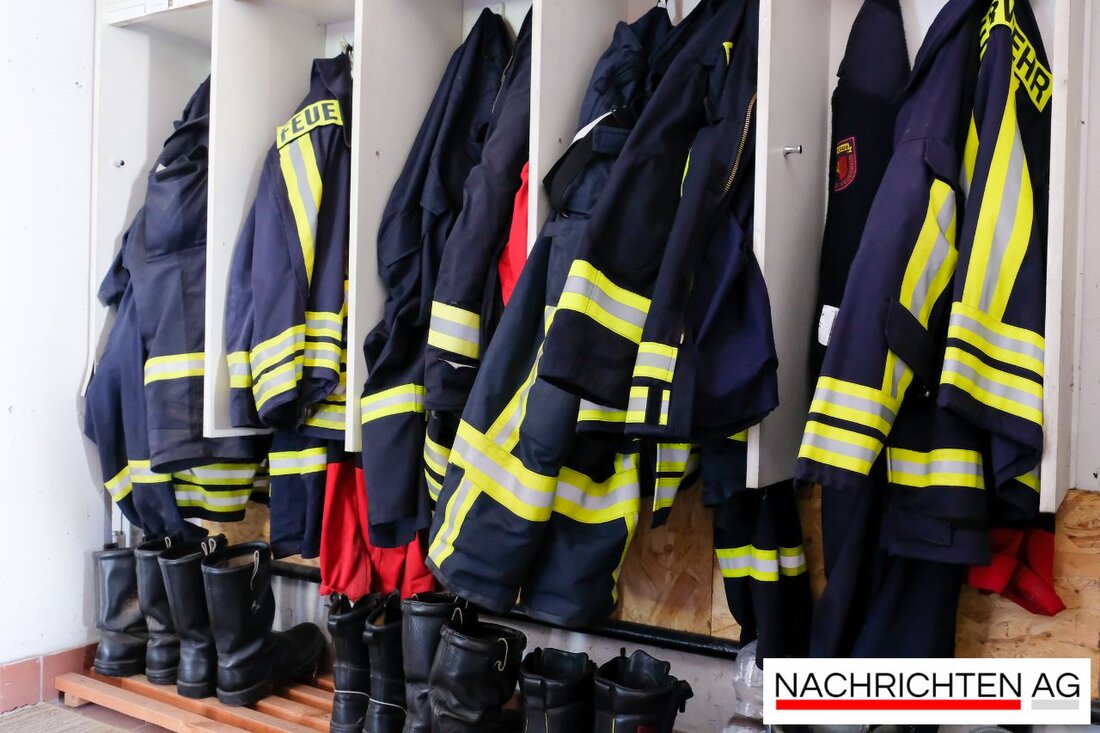Figures and facts: High water levels on the Baltic Sea today!
Find out the current water levels of the Baltic Sea, including Sassnitz, and the effects of flood events on July 11, 2025.

Figures and facts: High water levels on the Baltic Sea today!
On July 11, 2025, the current water levels of the Baltic Sea in Mecklenburg-Western Pomerania will cast their shadow on the coastal regions. The Ostsee-Zeitung reports that the measuring stations in Wismar, Warnemünde, Althagen, Barth, Stralsund, Sassnitz and Greifswald remain under observation. In Warnemünde, an average water level of 507 cm was recorded, while the extreme values of flood levels characterize the history of the region - the highest flood level was 770 cm, measured in 1872.
In view of recent weather developments, the importance of flood warnings is increasingly coming into focus. Responsible institutions such as the federal government, states, districts, police and fire departments keep the population informed through a variety of warning channels. In addition to radio and television, modern technologies such as warning apps and social media are used to provide quick information in the event of an emergency. A severe storm surge last October caused damage of 56 million euros - a warning for the future.
Current water levels and their effects
The measuring devices show different water levels, which are both normal and critical. In Zingst, for example, the water level is 533 cm, 26 cm above mean water. This means that the region is under observation with regard to the risk of flooding, even if the situation is not acute. However, outside the coastal regions, such as in Börzow with 121 cm or Cramon with 118 cm, things remain calmer because the difference to the mean water is minimal. Here is an overview of the current water levels:
| Location | Water level (cm) | Difference to mean water (cm) | Date |
|---|---|---|---|
| Zingst | 533 | +26 | July 11, 2025 |
| Bodstedt | 533 | +23 | July 11, 2025 |
| Ralswiek | 542 | +34 | July 11, 2025 |
| Stralsund | 238 | -9 | July 11, 2025 |
| Wismar | xxxx (all current values not in the text) | xxxx | July 11, 2025 |
The problem of flooding is also highlighted by Statista. Since 2000, floods have been one of the most common natural disasters worldwide. In Germany alone, 7.6 percent of addresses are exposed to a statistical risk of flooding. Climate change increases this risk: a warmer atmosphere can store more water, leading to extreme precipitation.
Prevention and challenges
So what are the measures to counteract future floods? The construction of flood protection structures, greater consideration of natural retention areas and the avoidance of risky new buildings are crucial. As the flood events of recent years show, it is important that we prepare our infrastructure and society for future extreme weather events. The challenges cannot be underestimated, but with smart planning we may be able to take a step in the right direction.
Current events and their significant impact on life along the coast make it clear that citizens must remain vigilant - high water levels should not be underestimated.

 Suche
Suche
 Mein Konto
Mein Konto